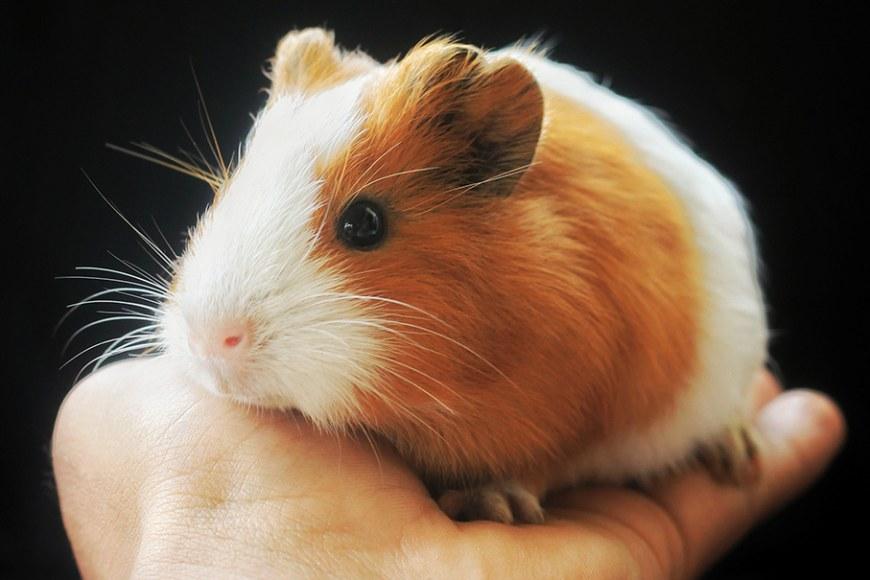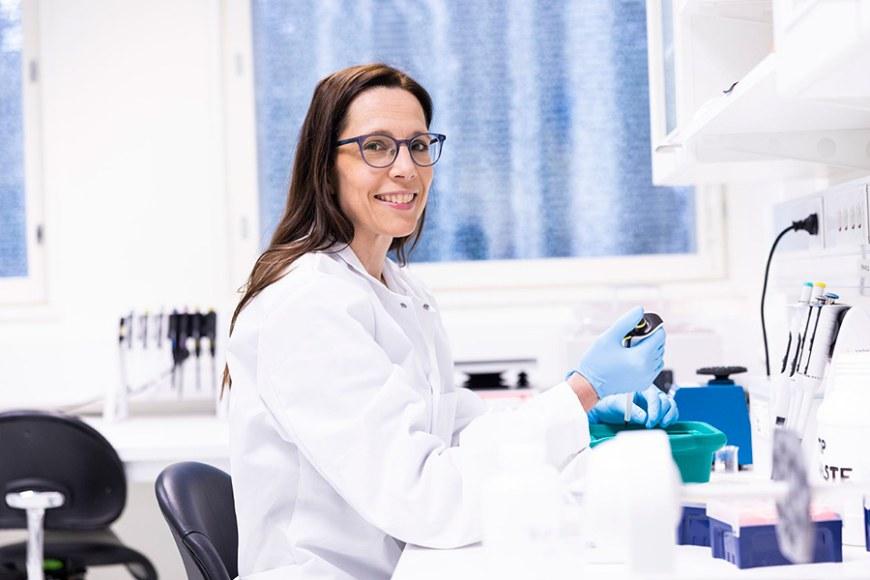Open data help to replace and reduce laboratory animals use

The scientific finding itself most likely is of interest only to researchers of narrow specialty. The way in which the research project was conducted however is a good example on how open data can benefit research.
— We did not have a single animal here in Tampere, but all the samples had been collected in various research projects in Europe and the US, Postdoctoral Research Fellow Saara Marttila explains.
Analyses of genomewide gene expression or epigenetic profiles regulating gene expression typically produce more information that is needed to answer the original research question. When all this data is stored in open databases, other researchers can utilize it to answer research questions that would not be of interest to the original researchers performing the analyses.
For example, DNA methylation data for humans and many different species of animals is available in data repository GEO (Gene Expression Omnibus).
—When the research question is focused on for example the methylation status of a single gene in different animals or across various human tissues, these data repositories save time, money, effort and animals, explains Emma Raitoharju, principal investigator of the group of Molecular epidemiology.
The scientific finding itself is most likely to interest researchers in a narrow specialty only. However, the way in which the research project was conducted is a good example of how open data can benefit research.
“We did not have a single animal here in Tampere. Instead, all the samples had been collected in various research projects in Europe and the US,” Postdoctoral Research Fellow Saara Marttila says.
The mapping of genome-wide gene expression or epigenetic profiles that regulate gene expression typically produce more information than is needed to answer original research questions. When all this data is stored in open databases, other researchers can use them to answer research questions that would not be of interest to the original researchers who performed the analyses.
For example, the DNA methylation data for humans and many different species of animals is available in the Gene Expression Omnibus (GEO) database
“When the research question is focused on, for example, the methylation status of a single gene in different animals or across various human tissues, these data repositories save time, money, effort, and animals,” explains Emma Raitoharju, Principal Investigator in the Molecular Epidemiology Group.
Data on gene expression and various types of epigenetic data have been saved to data repositories for a few decades. Moreover, many scientific journals require that all the data referenced in a research article are also published in a data repository.
“The idea that the minimum number of animals or study subjects produce a maximal amount of information benefits research widely,” Raitoharju points out.
Data repositories contain vast amounts of data, and it is possible to collect a dataset comprising tens of thousands of individuals with relative ease.
“The data in these repositories is often used to replicate one’s findings or to answer some other question arising from the results. This increases the reliability of the research results,” Marttila says.
As regards human samples, researchers in Finland can use open data but are not able to return the favor to the research community. The current Finnish legislation considers genetic and epigenetic profiles to be identifying information and thus they cannot be stored in open data repositories. In addition, the Act on the Secondary Use of Health and Social Data has made data sharing with colleagues or even the use of one’s own datasets more complicated.
“We have a situation where funding agencies and journal publishers require more extensive data sharing while the legislation and local interpretation of the legislation demand stricter limitations to data use and sharing, which leaves researchers to juggle between the two,” Raitoharju says.
“As a researcher, I hope that a balance could be found between the different interests in a way that would enable large-scale data sharing and collaborative projects while maintaining appropriate data security. More specifically, I wish this could happen in a way that would not entail the researcher having to balance between the conflicting requitements case by case,” Raitoharju adds.
The study on nc886 in primates and guinea pigs conducted at Tampere University shows that animal models are not available to study the determinants of the methylation status of this locus because this evolutionarily young gene is most likely regulated in a different manner in humans than in other mammals. The study also suggests potential regulatory elements in humans. As the methylation status of the nc886 locus has previously been associated with various health related phenotypes, the current research is of potential interest in the fields of medicine and molecular and evolutionary biology.
“Without open data, this study would have never been conducted, as it would be ethically and financially impossible to use this many animals to study one single gene locus,” Raitoharju concludes.
Daria Kostiniuk, Hely Tamminen, Pashupati P. Mishra, Saara Marttila, Emma Raitoharju. Methylation pattern of polymorphically imprinted nc886 is not conserved across mammalia. PLOS ONE March 16, 2022
https://doi.org/10.1371/journal.pone.0261481
Enquiries:
Academy of Finland Research Fellow Emma Raitoharju
tel. +358 50 318 7676, emma.raitoharju [at] tuni.fi
Postdoctoral Researcher Saara Marttila
saara.marttila [at] tuni.fi
Photo: Pexels





